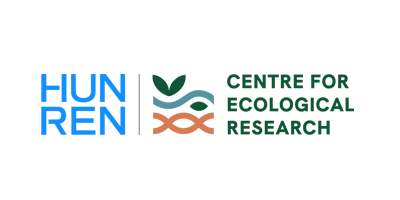Project leader:
Aszódi, Attila
Participating researchers:
Boros, Ildikó; Orosz, Gergely; Szieberth, Máté; Zsíros, Gábor; Biró, Bence; Kacz, Dániel; Orosz, RóbertThe aim of the task is to investigate how renewable and conventional carbon neutral power plants can co-operate in electricity systems with high renewable energy penetration, and how the proper operation and security of supply of the system can be ensured. The research is focusing on Hungary and neighboring countries and investigates how weather-dependent renewables and nuclear power plants can be managed to work together effectively in a cooperative electricity system. In addition, nuclear fuel cycle simulations, pioneered in the 1980s by the founding director, Professor Gyula Csom, which are fundamental for assessing the sustainability of nuclear power, have been revitalized in the 2010s and now provide a state-of-the-art toolbox for analyzing a wide range of scenarios. The long-term and sustainable cooperation between renewable and nuclear power plants requires not only the analysis of electricity mixes and power systems, but also the analysis back-end options of the nuclear fuel cycle.
Decarbonizing electricity systems, increasing security of supply and tackling rising energy prices is one of today’s biggest challenges. This project aims to explore possible solutions to address these challenges. To this end, we are working on the following main tasks: building electricity market models with hourly resolution; predicting hourly electricity consumption data and weather-dependent generation of energy sources using machine learning methods; investigating and modelling the physical parameters of electricity storage facilities, exploring the possibilities of integrating small modular reactors into the electricity system, and analyzing the long-term modelling and sustainability of the nuclear fuel cycle.
The main objective is to explore solutions to achieve the sustainability, climate change mitigation and security of supply objectives for electricity supply through the combined and optimized use of nuclear and renewable energy sources with the highest efficiency, highest social benefits and lowest social costs.


